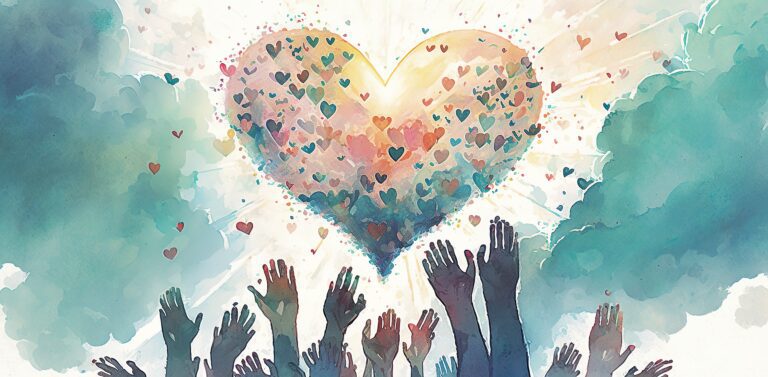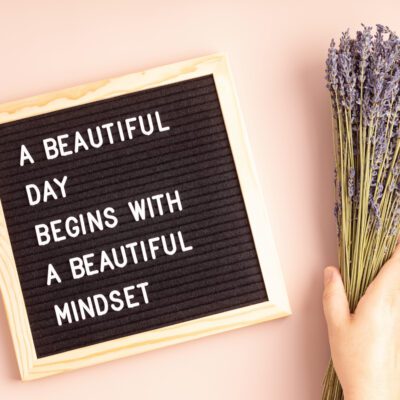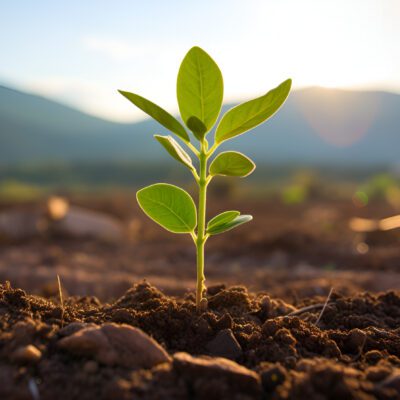Understanding Yom Kippur: How To Get The Most Out of The Holiest Day
Year after year, on Yom Kippur I find myself repenting for the same thing: I did not live up to my potential. Like New Year’s resolutions, people begin with the big bright idea to live healthier for the year. They join a gym, stock their fridges with vegetables and dial down on tv time. But as time goes, the enthusiasm wanes. The gym visits become seldom, carbs return to take prominence in the fridge and there is a list of new shows to start watching. We forget about the New Year’s resolution and life goes on. Until the next year. “Ah, it’s New Years. This year I will I shed a few pounds, read more, and my skin will be flawless from a healthier diet”.
Yom Kippur parallels the New Year’s resolutions for me. “Forgive me because I did not learn enough. My circle of people did not increase. I could have contributed more in my community. Elevated the world with my unique talents? hardly”. It’s a list of things I did not do. Year after year. I find myself doing this because this the biggest sin I commit.
To not to live up to the greatness we are meant for is a sin. We are given divine gifts to elevate the world in our own way. Opportunities come our way through challenges and people we meet to make the world a better place. We are a piece of G-d, it is in our capacity to bring light, love and beauty to our environment. That’s something we already know. Yet, something gets in the way of us utilizing our capacity to serve and have a year we feel happy about ALL we have done.
At Kol Nidrei, the beginning prayer of Yom Kippur, I was there feeling sorry about the things I did wrong and the things I did not live up to. Certainly, by Nehila, the closing prayer, that ecstatic moment when we say “Shema Israel: Hear O Israel, God is Our Lord, God is One”, I felt the oneness. My relationship with my God was the closest and most intimate, I felt one with creation. My sins have been erased, I can start anew and be the person I imagine to be. So, what went wrong? I’m back in the same place next year with the feeling of regret.
Unwanted Guest On The Day of Atonement
The idea of living up to an imaginary self is the problem. The moment we come on Yom Kippur with the thought of “I’m not enough” is the broken piece. Once the feeling of inadequacy and unworthiness comes with us on the most holy of days, we don’t stand a chance. That bully in us, telling us how we are not enough, I did not do enough this year, doesn’t get the memo on Yom Kippur to help us grow spiritually.
To have the critic in us cross out how we don’t measure to the person I intended to be this year does not serve us, it does the opposite, it stalls our growth. Not to say, we shouldn’t have goals and intentions. We need to prepare and have intention to be better individuals. Have Intention and let go of them. Intentions even when good, fill our vessels with expectations which lead to pain and suffering. We never relax and are open to different opportunities. And worse of all, God cannot fill our vessel with new energy if we are full.
This is why the most important thing we can do is, know what’s the consciousness we bring on the most sacred of days, the day of Repentance.
In order to get the most of this day it’s necessary to understand what the meaning of the day is. How do we present ourselves to the wedding.
What is Yom Kippur?
The day of repentance is the day we get forgiven for our sins. Repent and get forgiven. As with anything, there are different levels we do this. For the layman, like you and I, we reach the lower-level of teshuva, lower-level of repenting which is “Turn away from evil and do good.”
The days between Rosh Hashanah and Yom Kippur are days in which we work on ourselves to get to the culminating moment of oneness at Nehila. We first reflect on the things we have done that are a violation of G‑d’s will; and consider the things we have not done that G‑d wanted us to do. Then verbalize our regret over those actions and commit not to do them again. Where we have injured others, we ask for their forgiveness. Where we have not done all those things God wanted us to do, we also ask for forgiveness and prepare a day to do those things, do acts of kindness.
When we repent, when we do teshuva, we return to our essence. That is the meaning of teshuva, to return. Essentially, that’s the significance of Yom Kippur, we return to that part of us that is pure light, joy, and kindness. The part that only sees good and longs to be connected. A beam of light. On Yom Kippur, we have done the work of repenting and what we bring, is our pure soul that is connected to God. The part that only loves and sees good. To be present on that day is to have no intentions, no expectations. Even as we are striking our heart with our fist, “al Chet” we don’t have our inner critic judging. It’s our divine soul, the piece of God that longs to cleave to its creator and serve. The person present on that day has compassion because God has compassion. We recite the 13 attributes of mercy to arouse compassion within ourselves.
Who is Present At The Holy Day
On Yom Kippur I bring a self that is open to possibilities. A self that is a vessel to receive. I bring someone that is loving, compassionate, and kind. Specially with oneself. One who repents for any pain it caused others and to God for not doing his will but without hard feelings. And one who is proud for all the things I did do during the year.
In Parshat Ki Tavo, a Parsha we read leading to the days of Rosh Hashanah, says a person is obligated to declare we brought the first offerings to the temple, we declare we tithed. We say we gave to the poor, and the orphan. We observed God’s commandments and followed in his ways. This declaration is to remind us we are good, we did his will, we are simply awesome. We need to be reminded of all the good we did so we can feel proud of who we are. This consciousness has to be present at Yom Kippur, we accomplished and we should feel proud for it. Yes, there are things I did not come through with, but there is a lots I did do.
Dressed in white garments, on the most holy day, we stand tall, pure, and beautiful inside out. On Yom Kippur we come with our divine self who is ready to receive God’s radiant light. When we are a vessel to receive light, we can transmit that light to elevate the world we live in.









Leave a Reply